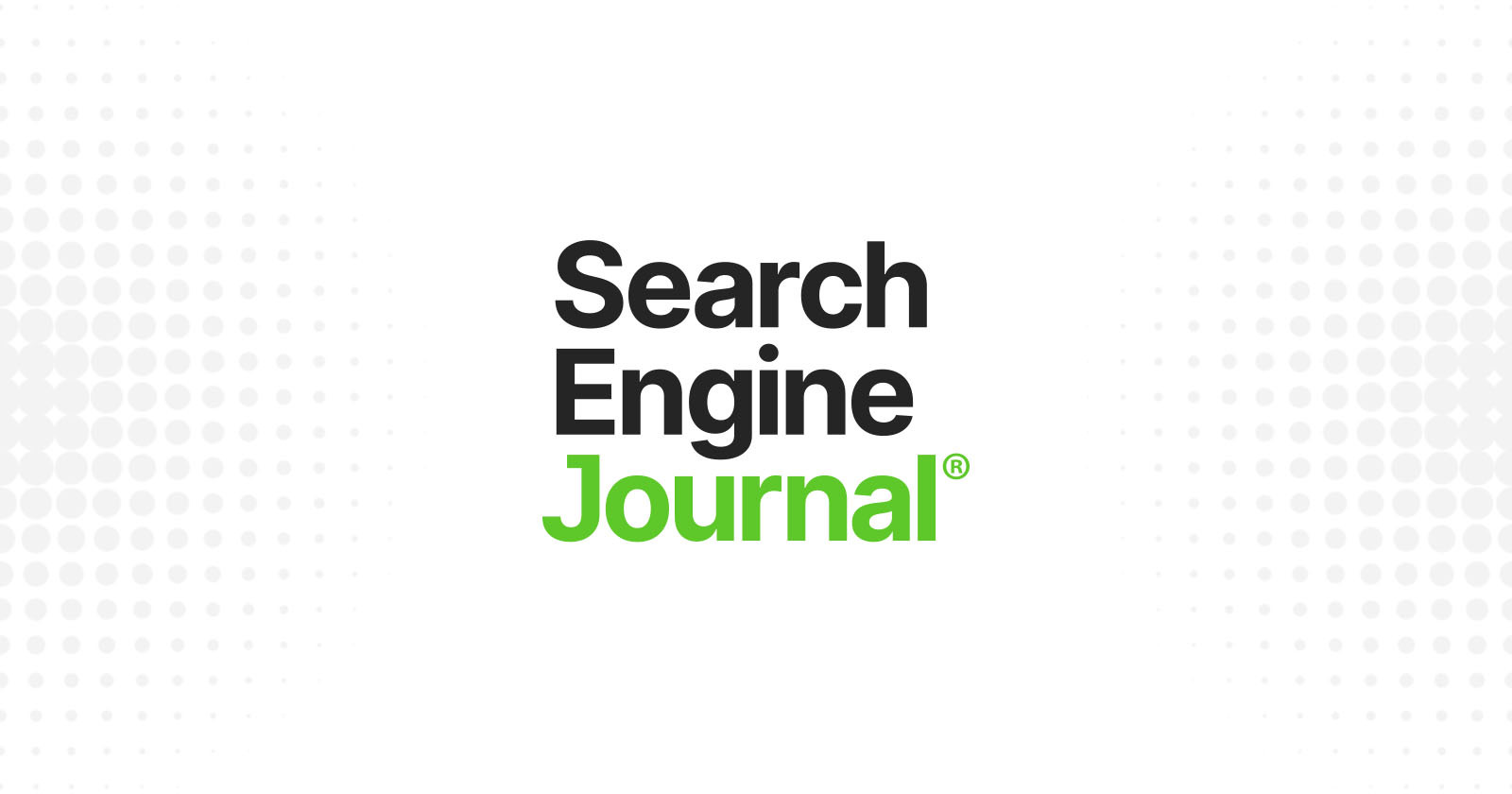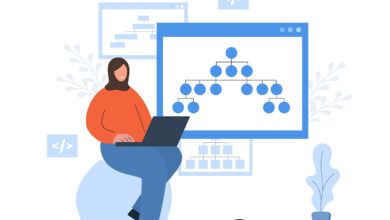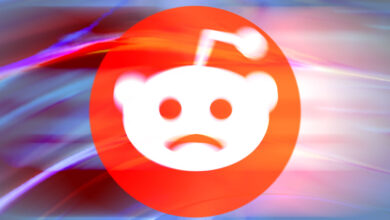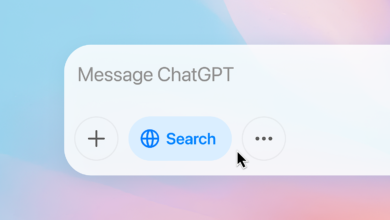Google Now Allows Top Ads To Appear At Bottom Of Search Results
Google Ads introduced a quiet but impactful change last week to how ads can show up on the search results page.
High-performing ads that used to be eligible only for top-of-page positions can now also appear at the bottom.
This means advertisers can show up more than once on the same results page: once at the top and again at the bottom, as long as the ads meet Google’s relevance standards.
At a glance, it may feel like a small shift. But in reality, it opens the door to more exposure, smarter bidding strategies, and a clearer glimpse into how Google is thinking about ad experience.
Let’s unpack what’s changing, why it matters, and what this means for your campaigns.
What’s Changing With Search Ad Placements?
Until recently, Google followed a rule where only one ad from a single advertiser could show on a search results page. That ad could only appear in one place, either at the top or the bottom.
That restriction has now been updated.
With this change, if your ad is strong enough to qualify for the top of the page, it can also be eligible to appear again at the bottom.
That’s because Google runs separate auctions for each Search ad location.
Google reports that during testing, this increased the presence of relevant ads by 10% and led to a 14% lift in conversions from bottom-of-page placements.
In short, users weren’t just seeing more ads. They were also interacting with them more.
But this isn’t a free-for-all. Ads still need to meet relevance thresholds, and your bottom-of-page placement won’t just show up by default. It has to earn its spot, the same way your top ad does.
How This Changes the Bigger Quality Picture
For Google, this isn’t just about squeezing in more ads. It’s about improving the experience for users and advertisers at the same time.
By opening up bottom-of-page slots to high-quality ads, Google is trying to ensure users see relevant options whether they click right away or scroll to the end of the page.
It’s a subtle shift, but one that could shape how performance marketers think about their creative and bidding strategies.
It also signals how Google continues to reward quality over quantity.
If your ad copy is weak or your landing page experience is lacking, you’re unlikely to benefit from this expanded eligibility.
But if you’ve invested in thoughtful creative, user-focused content, and clear calls to action, you now have twice the chance to show up and potentially win more conversions.
This move also speaks to inventory optimization. By filling both top and bottom ad spots with the best content available, Google is getting more mileage out of every search without making the results page feel like a cluttered ad wall.
Does This Conflict With Google’s Unfair Advantage Policy?
At first, many advertisers were confused since Google recently updated their Unfair Advantage policy earlier this month.
The Unfair Advantage policy bars advertisers from “double serving” to a single ad location.
Double serving refers to showing multiple ads from different accounts or domains that all point to the same business. Google cracked down on that to ensure fair competition and to prevent advertisers from dominating a single auction by crowding out competitors.
This new update doesn’t violate that principle.
In fact, Google clarified that this change is possible because top and bottom placements run in separate auctions. That means your ad isn’t “beating out” your own other ad in the same auction. It’s simply earning placement in two different areas of the page.
So long as the ads are relevant and helpful to the user, Google’s policy allows for this kind of visibility.
What Advertisers Need To Know About This Change
This update gives advertisers new levers to pull — but only if you know where to look.
First, this isn’t something you need to opt into. If your ads are eligible based on performance, they’ll start showing in both places automatically. But that doesn’t mean you should take a hands-off approach.
Here are some things to keep in mind:
- Monitor your impression share by position. Use segmentation in Google Ads to break down where your ads are showing (top vs. other) and compare performance.
- Watch for changes in CTR and Conversion Rate. You may see stronger performance from one position over the other. That can inform whether you want to bid more aggressively, or refine copy and assets to align with what works best.
- Revisit your Quality Score drivers. With Google prioritizing relevance, improving expected CTR, ad relevance, and landing page experience will help you capture more real estate.
- Layer in automation, but stay strategic. Smart Bidding might adjust bids automatically to take advantage of new placement opportunities, but make sure you’re reviewing your placement data regularly. Algorithms don’t always know your goals better than you do.
- Look beyond vanity metrics. Bottom-of-page clicks may cost less, but be sure they’re actually driving value. Focus on leads, sales, or other business outcomes, rather than just volume.
Moving Forward with Better Search Ads
Google’s decision to allow top-performing ads to also appear at the bottom of search results reflects an ongoing effort to enhance user experience and ad relevance.
While the change offers new opportunities for advertisers, it also emphasizes the importance of ad quality and strategic planning.
By understanding and adapting to these updates, advertisers can better position themselves for success in the evolving landscape of search advertising.
If you’ve been focused on creating better ads and improving your landing pages, this update is in your favor.




